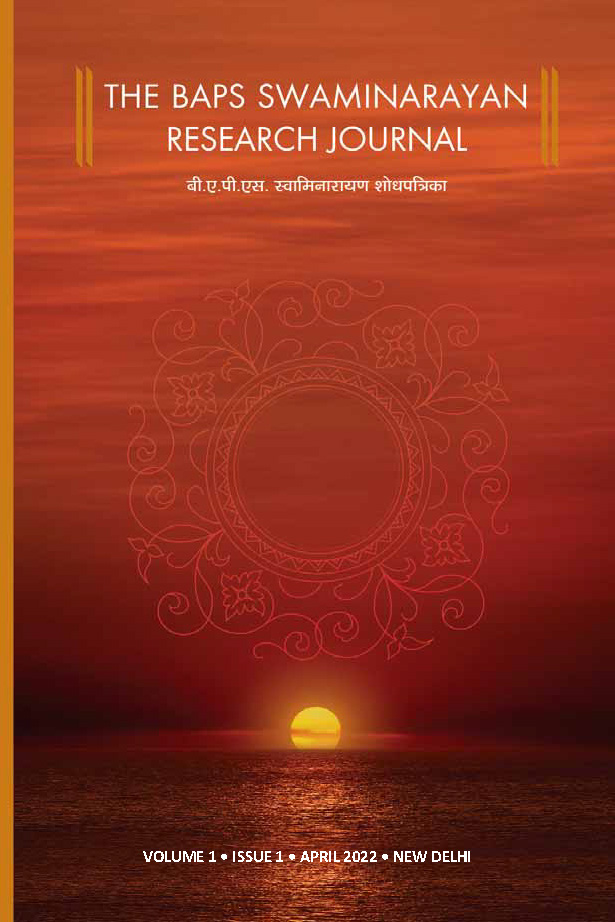Abstract
Literary theorists have long grappled with tools and methods to restore or decode deeper meaning from texts, especially religious literature. They seek understanding and interpretation beyond grammar, semantics, context, history, and other linguistic or epistemological devices. Is it possible to apply these principles to the Vacanāmṛta, and if so, then how? As the documented words of the supremely revered deity Bhagavān Svāminārāyaṇa (Swaminarayan), the Vacanāmṛta serves as one of the most significant sources of revelatory knowledge for the faithful of the Svāminārāyaṇa fellowship. However, like words of nearly all sacred texts, they are fraught with the potential of being misread by imperfect, limited human minds. What tools should be employed to ensure that the full, correct, and intended meaning of the Vacanāmṛta can be unlocked?
This article explores the Svāminārāyaṇa tradition’s own method of interpretation as revealed by Swaminarayan in the Vacanāmṛta. It analyzes on a passage from one exceptionally important discourse on the nature of God: “Vacanāmṛta Gaḍhaḍā 2.13,” where Swaminarayan alludes to himself as Puruṣottama, the supreme existential reality. When discussing the nature of God or how to develop resolute faith in God, Swaminarayan invariably reveals the Akṣarabrahman guru, referred to by ‘sant’, ‘ekāntika bhakta’, or ‘satpuruṣa’, as the exclusive, authoritative exegete who can correctly interpret scripture and reveal God. Swaminarayan thus appends his address in “Vacanāmṛta Gaḍhaḍā 2.13” with the following caveat:
“However, such discourses regarding the nature of God cannot be understood by oneself even from the scriptures. Even though these details may be described within the scriptures, it is only when the satpuruṣa manifests on this earth, and one hears them narrated by him, that one understands them. However, they cannot be understood even from righteous texts upon employing one’s intellect.”(Vacanāmṛta Gaḍhaḍā 2.13, 384)
This paper unpacks this passage using Swaminarayan’s other teachings from the Vacanāmṛta while also drawing substantially from the commentarial corpus of the Svāminārāyaṇa Vedāntic school: the Akṣara-Puruṣottama Darśana. By discussing the relationships between revelation, scripture, reason, and ontology, this article examines the role of the Akṣarabrahman guru as the essential hermeneutical tool for accurately understanding not only the Vacanāmṛta but also all scripture.

